Clubfoot Treatment, Causes, and Symptoms What Is Clubfoot? A club foot is usually diagnosed through a physical examination whereby a thorough check is carried out on the baby on every part of its body at birth An Xray can also be carried out to detect the severity of the clubfoot Treatment The treatment of club foot is carried out after the first or second week of the child's birthAnd treatment The deformity in idiopathic club foot is both cosmetic and functional with associated hypoplasia of skin, muscles, bones, tendons, ligaments and neurovascular bundle on the medial side and the affected foot is smaller than the normal foot 2 Current treatment of clubfoot deformity includes initial trials of

Correction Of The Neglected Clubfoot In The Adolescent And Adult Patient Foot And Ankle Clinics
Club foot treatment physiotherapy
Club foot treatment physiotherapy-Dr Jonathan Knee is a podiatrist providing clubfoot treatment in Mt Vernon NY and Bronx NY Learn more about treatment options for clubfoot available at our Mount Vernon NY area podiatry offices to straighten your baby's feet Contact our foot doctor for more information about clubfoot and clubfoot treatmentThe tendons in the baby's leg and foot are shorter and tighter than they should be That causes the foot to twist Extensive surgery used to be the main treatment to correct clubfoot But today healthcare providers typically use a combination of nonsurgical methods and a minor procedure
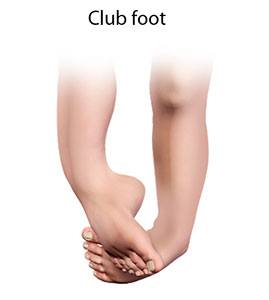



Club Foot Treatment London Congenital Deformity Bedfordshire Hatfield
Clubfoot does not get better on its own If it is not treated, it can cause discomfort and make your child's foot function poorly as they grow up But with treatment, there is an excellent chance that your baby's foot will look good and function very well Clubfoot in children Surgery If the tendons and other tissues in your baby's foot are too short, no amount of stretching and casting can do the trick If this is the case, surgery may work Babies who need clubfootClubfoot is one of the most common congenital orthopaedic anomalies and was described by Hippocrates in the year 400 BC From manipulation in antiquity to splint and plaster in the Renaissance the treatment had improved before tenotomy Many surgical treatments were tested during the nineteenth and
Treatment usually involves stretching and casting the affected leg for several weeks If casting does not resolve the clubfoot issue, your child may require surgery If your child has clubfoot, he or she should be monitored by a doctor until fully grown Request anThe initial treatment of clubfoot is nonsurgical, regardless of how severe the deformity is Ponseti method The most widely used technique in North America and throughout the world is the Ponseti method, which uses gentle stretching and casting to gradually correct the deformityClubfoot is a congenital foot deformity that affects a child's bones, muscles, tendons, and blood vessels The front half of an affected foot turns inward and the heel points down In severe cases, the foot is turned so far that the bottom faces sideways or up rather than down The condition, also known as talipes equinovarus, is fairly common
Treating club foot Treatment for club foot usually starts within 1 to 2 weeks of your baby being born The main treatment, called the Ponseti method, involves gently manipulating and stretching your baby's foot into a better position It's then put into a cast This is repeated every week for about 5 to 8 weeksTreatment of Club Foot in Horses Treatment begins with the diet Changing the formula to ensure a slow but steady growth is advisable Reducing the mother’s (the mare) diet from high starch and sugar rich cereal grains and eliminating unnecessary supplements will help Good quality grass hay rather than alfalfa is an advisable change Clubfoot is a common disorder in which one or both of a baby's feet are turned inward and downward and can't easily be moved into a normal position It is much more common for a baby to have a foot turned inward due to positioning, but these feet are very flexible and can easily be straightened with gentle manipulation 1 Newborns with a club foot are often treated
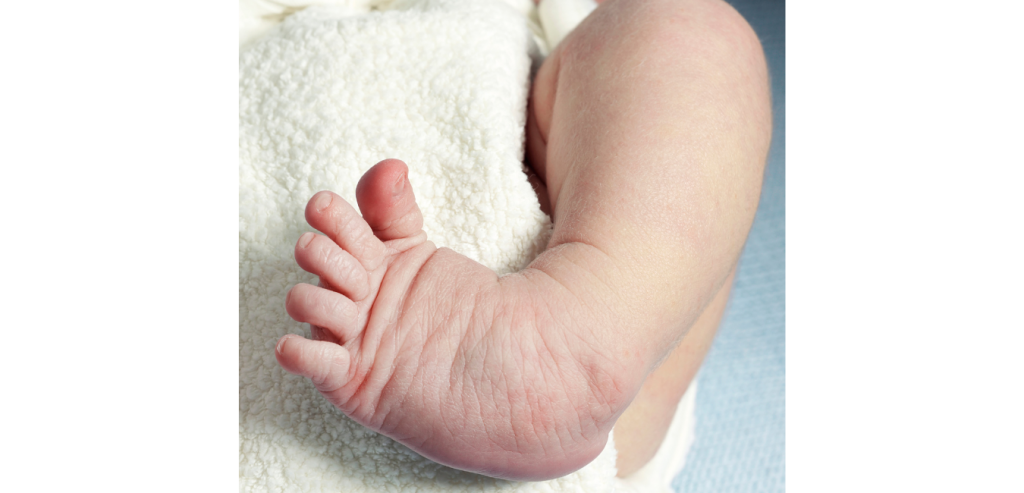



Clubfoot Curved Baby Feet Next Step Foot Ankle Clinic



Clubfoot
About 30 percent of kids born with club foot will need surgery again later in life if the problem recurs In some cases, physical therapy may be recommended as well With the right treatment plan, most children with club food will go into adulthood with few issuesWhen treatment begins within the first three weeks after birth, most infants grow up without any physical symptoms, pain, or walking dysfunction due to clubfoot This treatment has a success rate of greater than 90 percent, and results can be seen after one or two weeks of castingA clubfoot, also known as Congenital Talipes Equino Varus, is a common foot abnormality usually present in a newborn child In clubfoot, the child's feet are either turned backward or inward Most of the clubfoot (CTEV) cases can be treated successfully at Trishla Ortho with nonsurgical methods, but sometimes they require surgical treatment We have proved our excellence in the field of



Clubfoot Orthoinfo os
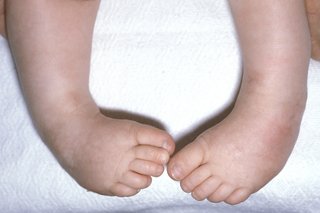



Club Foot Nhs
Club Foot Treatment It is important to begin treatment early on, because the younger the child is, the easier it is to correct the problem This is because the foot is easier to shape Treatment is almost always nonoperative and surgery is only used as a last resort Dr John Herzenberg is one of the world's leading experts on the Ponseti method for clubfoot treatment, and one of the first pediatric orthopedists outside of Ponseti's home state of Iowa to start using Dr Ponseti's method The Ponseti Method is a mostly nonsurgical treatment for correcting clubfootAs a result, the need for operative treatment for clubfoot has decreased dramatically However, even Ponseti himself routinely used surgery for certain patients at least 90% of feet need percutaneous tenotomy, and 15% to 40% may require tibialis anterior tendon transfer



1




The 17 Abjs Nicolas Andry Award Advancing Personalized Medicine For Clubfoot Through Translational Research Springerlink
Most of the time, clubfoot can be corrected while your child is a still a baby Treatment should begin a week or two after birth Correction methods vary from manual foot manipulation over time to surgically fixing the foot ThereThe treatment of clubfoot has evolved over time and can generally be divided into two main approaches Conservative and Surgical Approaches The goal of treating clubfoot remains the same whatever the approach to provide longterm correction of the deformity resulting in a foot that is fully functional and painfree 1 He has reservations, however, about the ability of mature horses with even mild club foot to perform well, despite treatment attempts "Many will exhibit 'poor performance' if
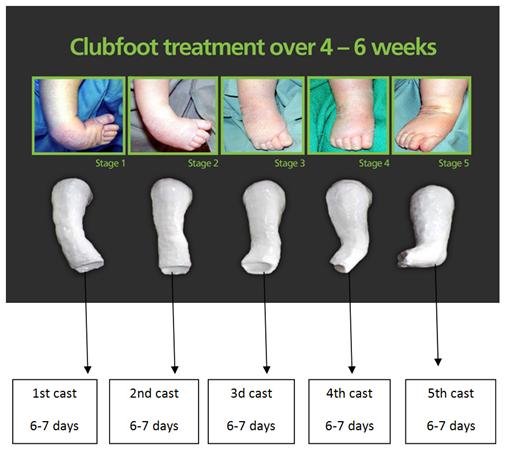



Orthobullets The Ponseti Casting Method For Treatment Of Congenital Clubfoot Corrects Deformity By Addressing Cavus Forefoot Adductus Hindfoot Varus Lastly Equinus C A V E Learn More About Clubfoot Congenital Talipes Equinovarus On



Clubfoot Orthoinfo os
This is because people with clubfoot find that their foot never flatly touches the ground While the Ponseti method is recommended for babies and children, the Ilizarov Method works best for adults In the Ilizarov method, wires are placed through bone of the clubfoot and attached to an external fixator, which is slowly adjusted at home by the patient after receiving instructions from the doctorClubfoot Conservative Treatment Options Treatment of clubfoot typically starts shortly after birth, and consists of a series of manipulations followed by casting that slowly corrects the foot in a specific sequence This treatment is also known as the Ponseti Method, named after the doctor who developed it Congenital club foot in the human fetus A histological study J Bone Joint Surg Am 1980 Jan 62 (1)2 Scher DM The Ponseti method for treatment of congenital club foot Curr Opin Pediatr 06 Feb 18 (1)225 Hussain FN The role of the Pirani scoring system in the management of club foot by the Ponseti method
:max_bytes(150000):strip_icc()/clubfoot_after-56a6fb603df78cf7729142e6.jpg)



Photos Of Babies With A Clubfoot




How Parents And The Internet Transformed Clubfoot Treatment Shots Health News Npr
Clubfoot is an abnormality of the ankle and foot that is usually present at birth The foot points downward and the toes turn inward The tendon in the heel and ankle is often very tight, making it impossible for the foot to be in a normal position Clubfoot happens in about one to three of every 1,000 births, with boys slightly outnumbering girlsClubfoot Treatment Testimonials "I first learned about Dr Rodriguez in an online support group for parents of children with clubfoot I was looking for a doctor trained in the Ponseti method of clubfoot treatment to work with my yearandahalfold son with neglected clubfoot who we were in the process of adopting The success rate for Clubfoot Treatment in South Africa is now extremely high given the recent advances in medical technology and surgeon experience However, with any surgery, there is always the possibility of complications, such
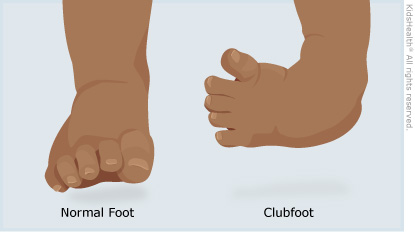



Clubfoot For Parents Nemours Kidshealth
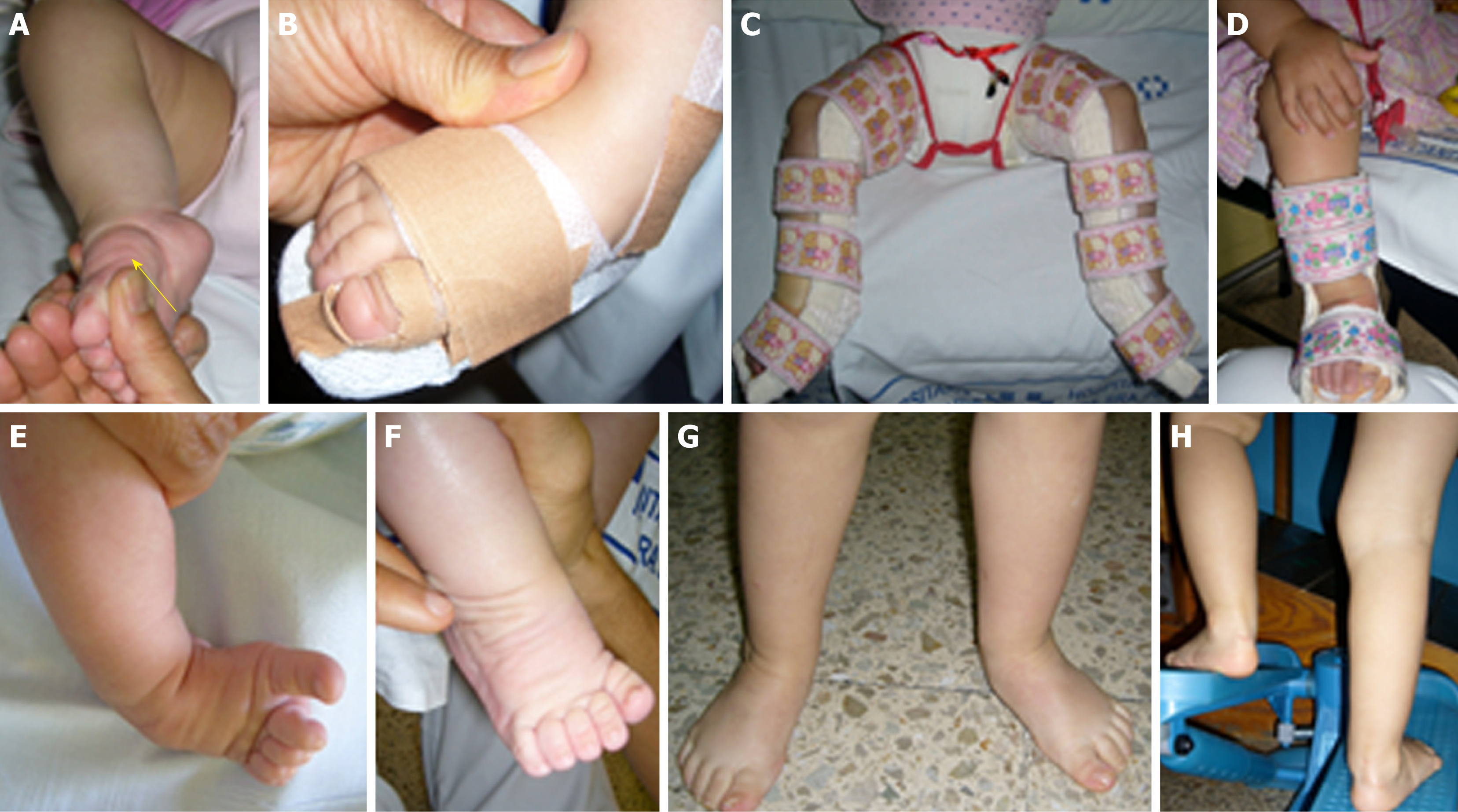



Functional Physiotherapy Method Results For The Treatment Of Idiopathic Clubfoot
Clubfoot is a deformity in which an infant's foot is turned inward, often so severely that the bottom of the foot faces sideways or even upward Most cases of clubfoot can be successfully treated with nonsurgical methods that include stretching, casting, and bracingWelcome to LA's Premier Clubfoot Program At OIC's Center for Clubfoot, we use the 3stage Ponseti method as our first line of treatment for clubfoot, which involves stretching, casting and bracing A proven approach to correcting clubfoot, research has shown the Ponseti method is 95% effective when used properlyThe initial treatment for clubfoot is the use of nonsurgical methods, preferably begun in the first week of life




Pdf The Treatment Of Congenital Clubfoot By Ponseti Method Semantic Scholar




Clinical Photographs Showing A The Club Feet Of A 1 5 Month Old Baby Download Scientific Diagram
The medical name for clubfoot is congenital talipes equinovarus (CTEV) It is a congenital deformity that may affect both feet or only one foot The affected foot appears to rotate internally at the ankle If a child is not treated for this disorder, they will walk on the sides of theirTreatment for club foot usually starts within a week or two of your baby being born The Ponseti method – Stretching and casting A technique known as the Ponseti method is the most widely used technique in North America and throughout the world, which uses gentle stretching and casting to gradually correct the deformityThe effective nonsurgical treatment of clubfoot, a birth deformity that misaligns bones and joints in the lower leg, was born at the University of Iowa UI Stead Family Children's Hospital orthopedic surgeons are at the forefront of care and training for this condition that can be successfully treated




Clubfoot Diagnosis Treatment And Prevention Via Drgreene Com




Ponseti Management Of Clubfoot After Walking Age Elgazzar As Egypt Orthop J
Clubfoot can be diagnosed during a routine ultrasound performed during pregnancy itself Xrays of the foot may be required to confirm the diagnosis made clinically What are the Treatment Options for Clubfoot/Pediatric Foot Deformity?How is clubfoot treated without surgery?The brace is made up of two shoes or boots that are connected to each other by a bar This device is also called a foot abduction brace (FAB) At first, the brace is worn fulltime (23 hours per day) on both feet, regardless of whether the clubfoot affects one or two feet
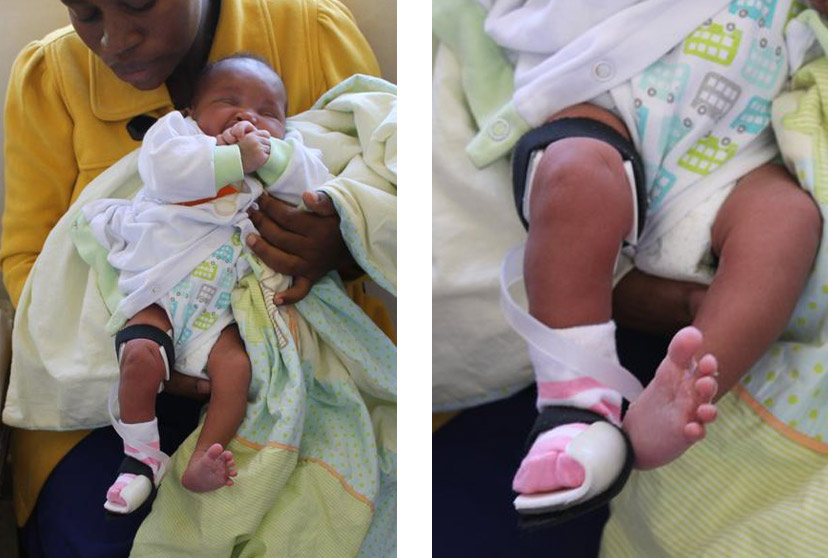



Club Foot Treatment
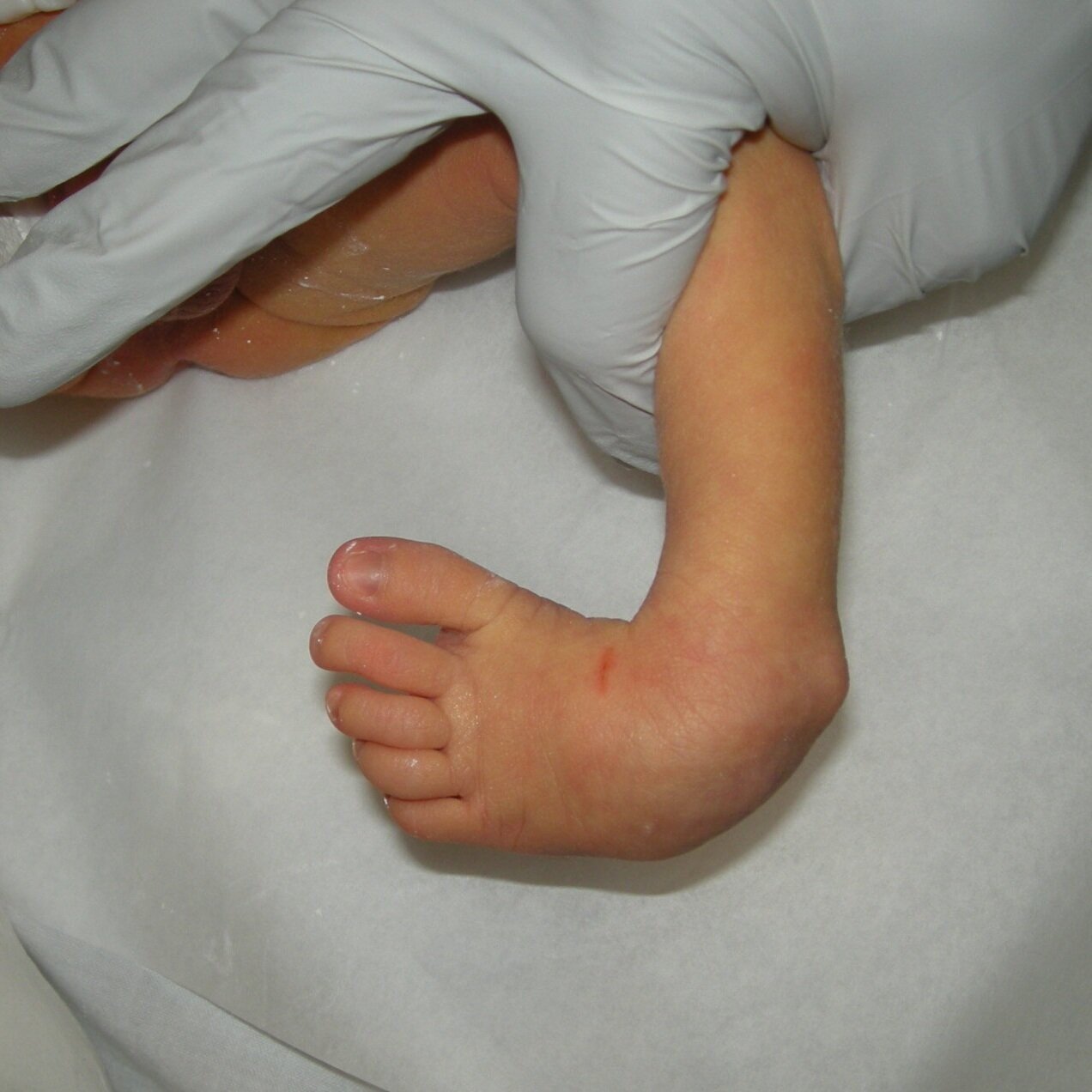



Dr Michael Uglow Is A Leading Expert Foot Ankle Surgeon Specialising In Children S Foot Disorders Untitled
A club foot horse is typically recognized and defined as having one front hoof growing at a much steeper angle than the other, with a short dished toe, very high heels, extremely curved wall and straight bars The club foot is also generally much narrower than the other and will usually have a substantially smaller and sensitive frogThe Ponseti Method The Ponseti Method is a simple, and in skilled hands, very effective method of treating clubfeet It requires only skill, patience and plaster The Doctor takes the baby's foot in his or her hands and stretches the medial ligaments slightly and holds the foot in place while an assistant applies a cast The affected foot looks very similar to a golf club It is a fairly common condition, affecting approximately one in every 1,000 live births Medically clubfoot (also known as club foot) is referred to as congenital talipes equinovarus or CTEV Clubfoot can be mild or severe, and tends to affect males twice as much as females




Club Foot




Understanding Surgical And Nonsurgical Clubfoot Treatment By Kids Orthopedic Issuu
Ponseti method The Ponseti method is the most common and effective clubfoot treatment This treatment uses a series of casts and braces to rotate the baby's foot into a corrected position The foot is rotated externally until it is turned out 6070 degrees Dealing with a club foot as an adult Just over a year ago I was referred to a physio after complaining to my GP about pains in my left foot and noticing a wobble when I walked The physio started the examination by asking me if I knew I had a slight club foot At the age of 61 this was a bit of a surprise as I Sometimes nonsurgical treatments, such as casting, can correct clubfoot Casting is a method for correcting clubfoot in the hopes of avoiding surgery The Ponseti method is the most common



1




Ponseti Casting In 5 Y O With Recurrent Clubfoot Youtube
Clubfoot Treatment The treatment for clubfoot consists of two phases Ponseti serial casting and bracing Treatment is always necessary, because the condition does not get better with growth Ponseti Serial Casting The Ponseti technique of serial casting is a treatment method that involves careful stretching and manipulation of the foot and holding with a cast
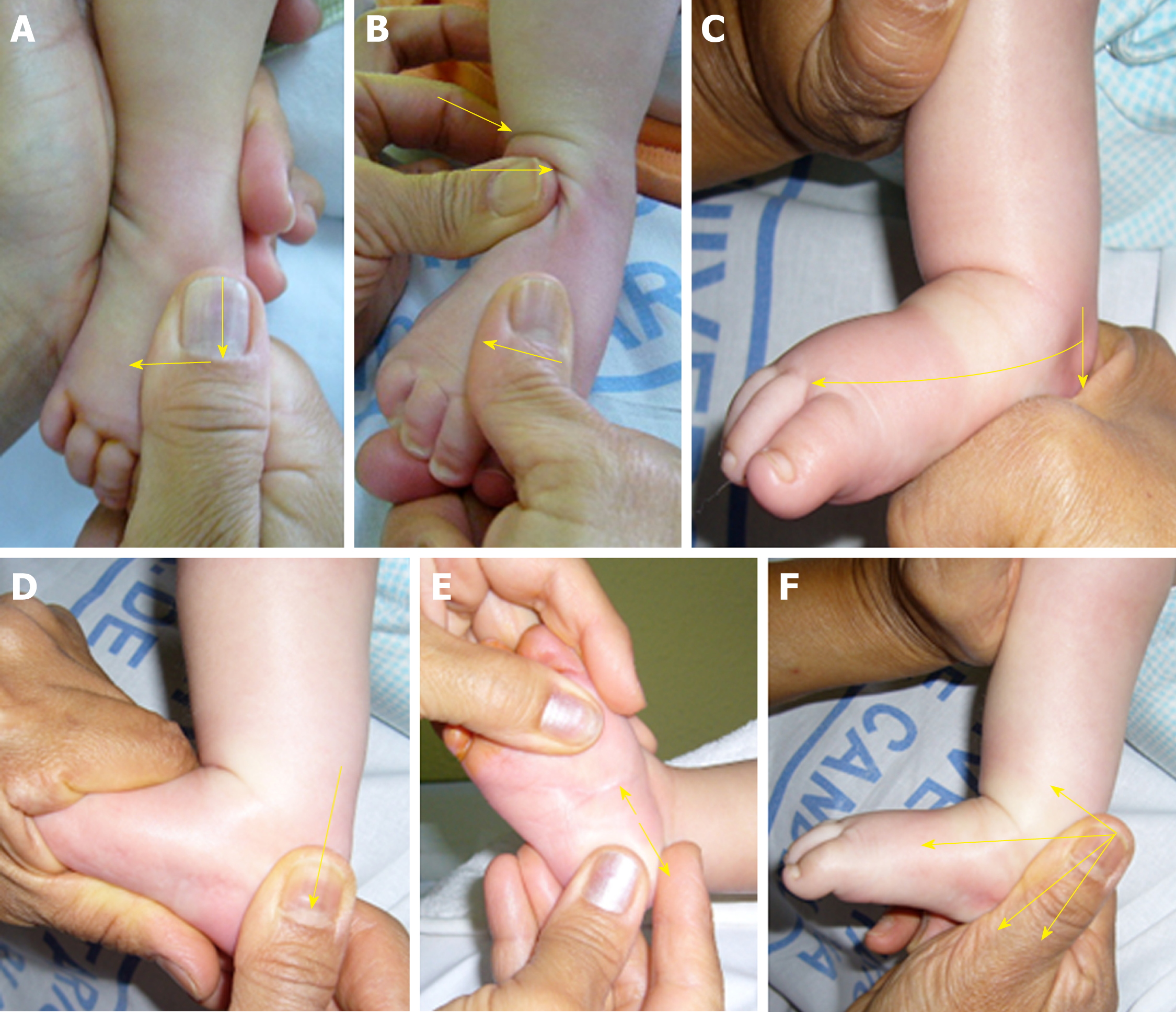



Functional Physiotherapy Method Results For The Treatment Of Idiopathic Clubfoot




What Is Clubfoot Juniortho
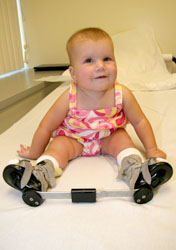



The Clubfoot Correction How Parents Pushed For A Better Treatment Kaiser Health News
:max_bytes(150000):strip_icc()/club_foot-56a6fb5d5f9b58b7d0e5d475.jpg)



Photos Of Babies With A Clubfoot
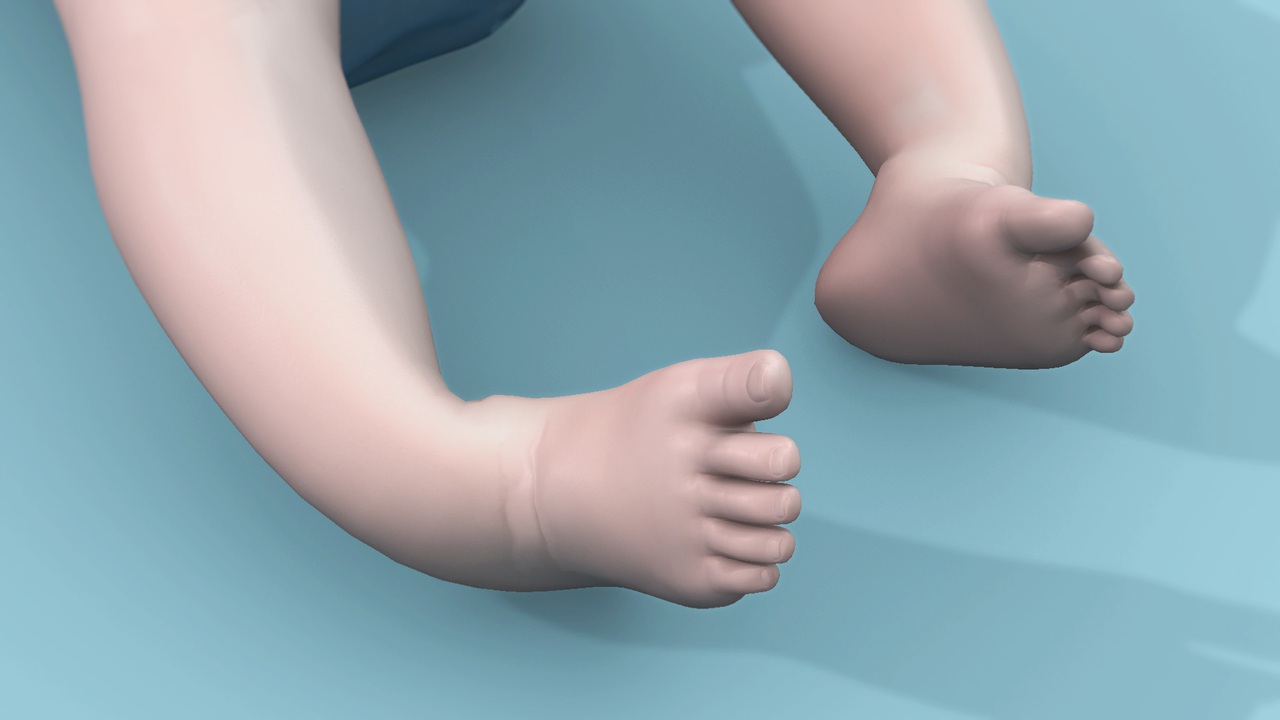



Clubfoot Treatment Bilateral Club Feet Foot Pain
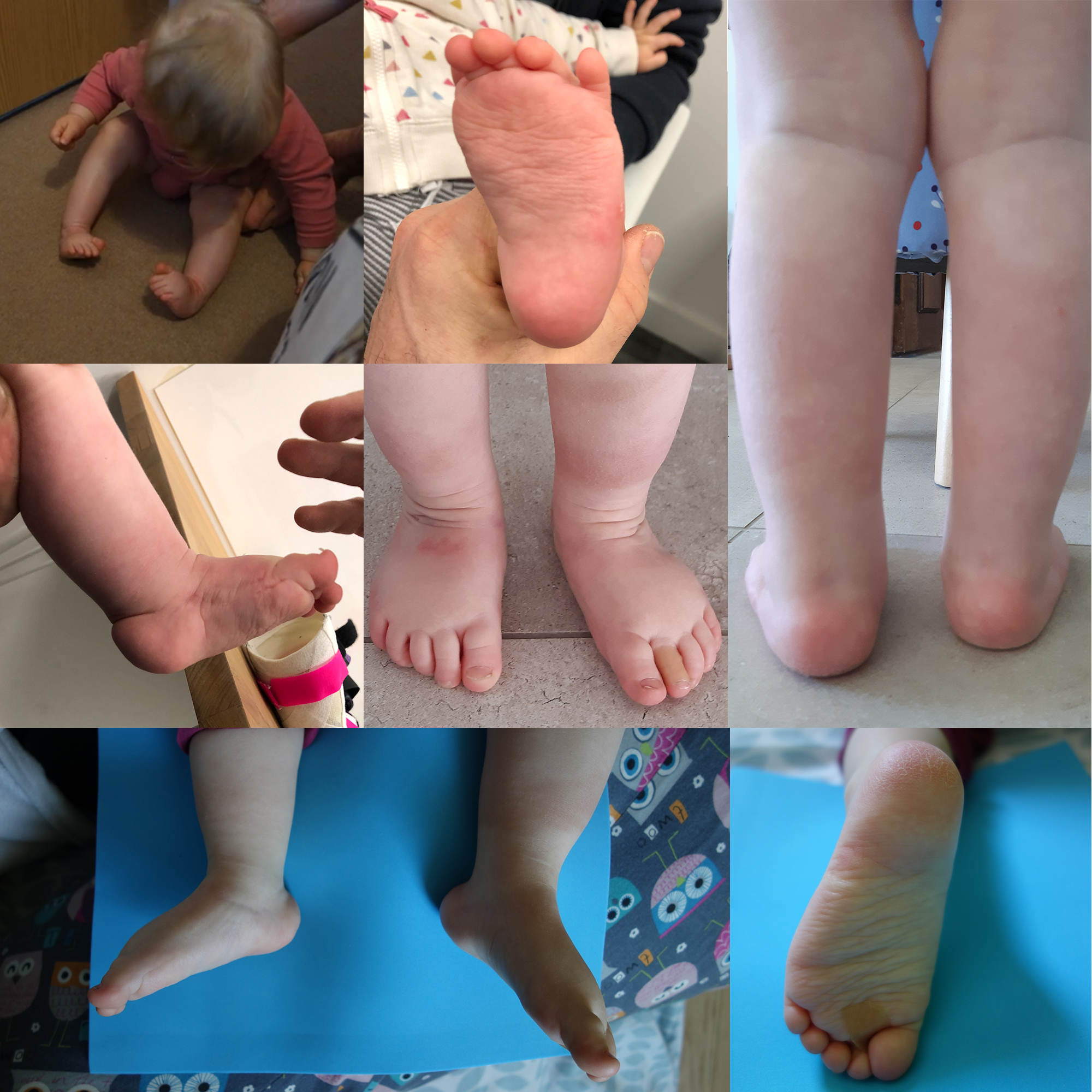



Club Foot Faqs




How Parents And The Internet Transformed Clubfoot Treatment Shots Health News Npr
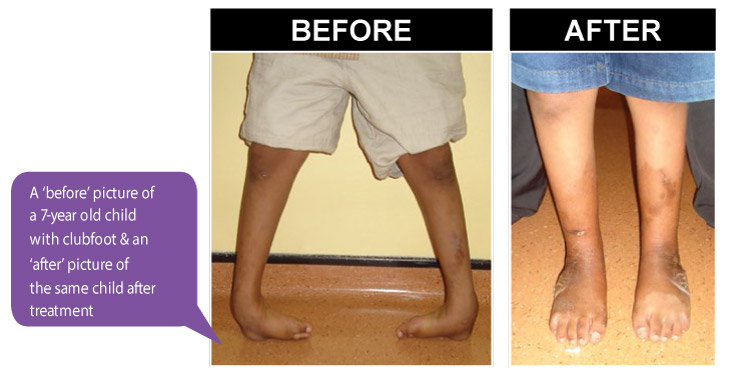



Treating Clubfoot Positive Parenting




Clinical Aspect Of Monolateral Right Clubfoot At Birth A And At 18 Download Scientific Diagram
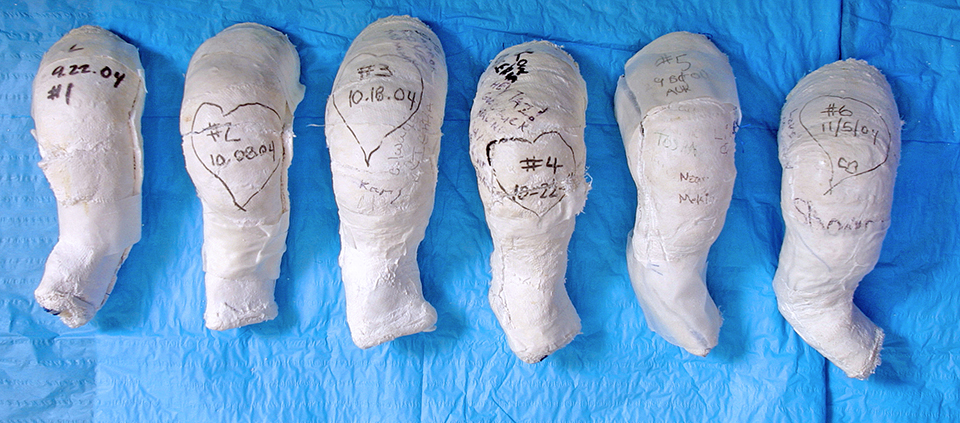



Clubfoot Baltimore Md International Center For Limb Lengthening
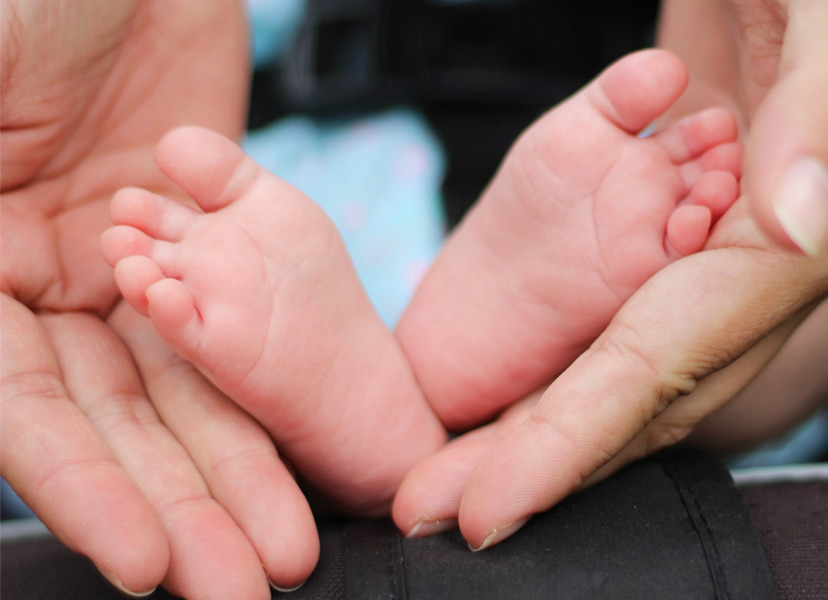



What Is Club Foot
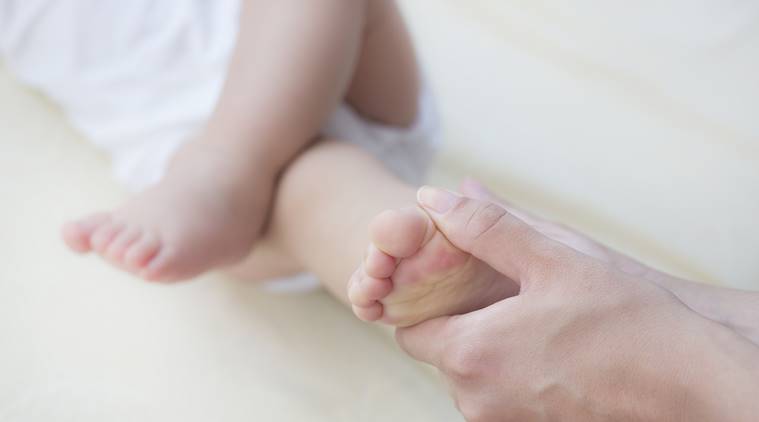



Treating Clubfoot Early May Help A Child Walk Normally Parenting News The Indian Express




Treatment Of Neglected And Relapsed Clubfoot With Midfoot Osteotomy A Retrospective Study




Clubfoot Wikipedia




21 Clubfoot Causes And Treatment
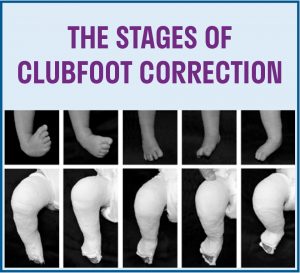



Treatment Strategies Paley Orthopedic Spine Institute
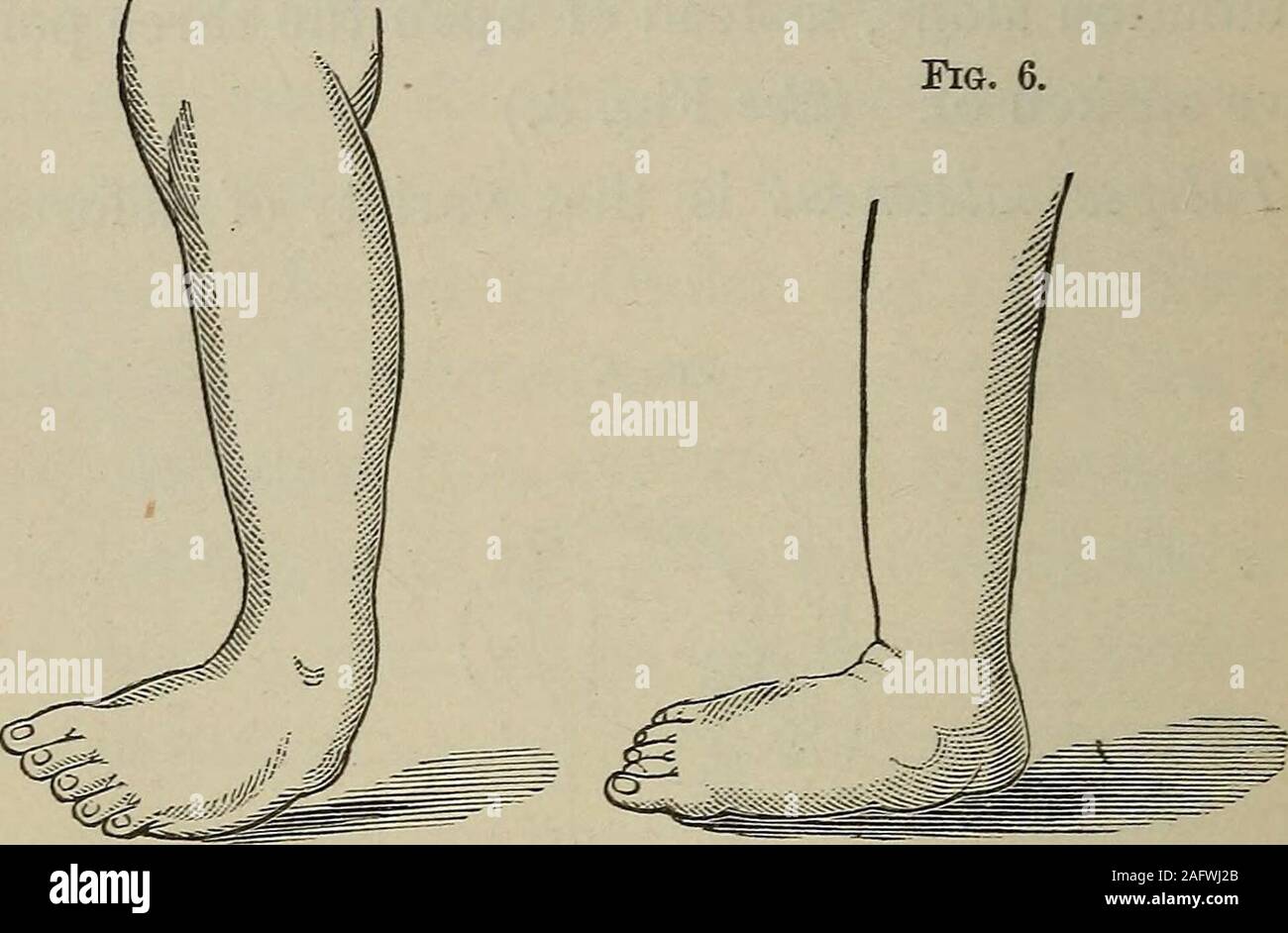



A Practical Manual Of The Treatment Of Club Foot Talipes Calcaneus Where The Anterior Portion Of The Foot Is Elevated And The Heel Touches The Ground See Fig 4 In Talipes Varus The



Partner Organisation Of The Month Zero Clubfoot Global Clubfoot Initiative



Club Foot




Clubfoot Solutions Learn About Our Efforts To Treat Clubfoot




How Is Clubfoot Corrected The Clubfoot Club
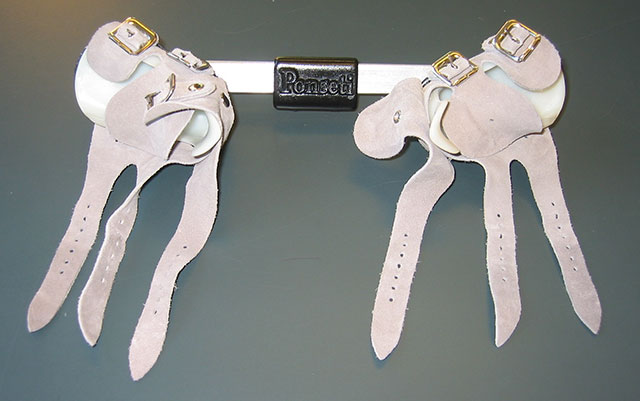



Clubfoot Johns Hopkins Medicine




Club Foot Treatment Orthopaedic Institute For Children




Club Foot Treatment London Congenital Deformity Bedfordshire Hatfield




Predicting Recurrence After Clubfoot Treatment Lower Extremity Review Magazine
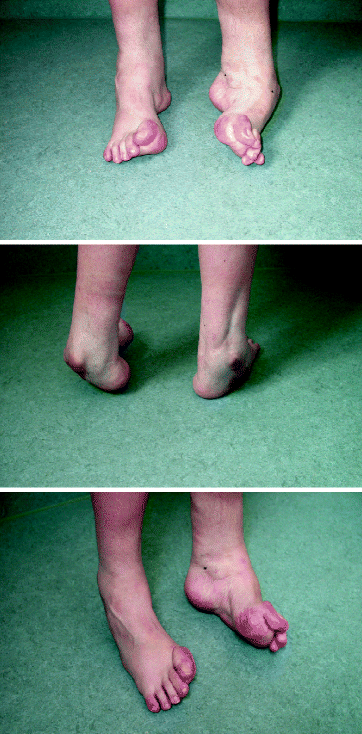



The Current State Of Treatment For Clubfoot In Europe Springerlink




A F A This 31 Month Old Child Presented With A Left Clubfoot Download Scientific Diagram
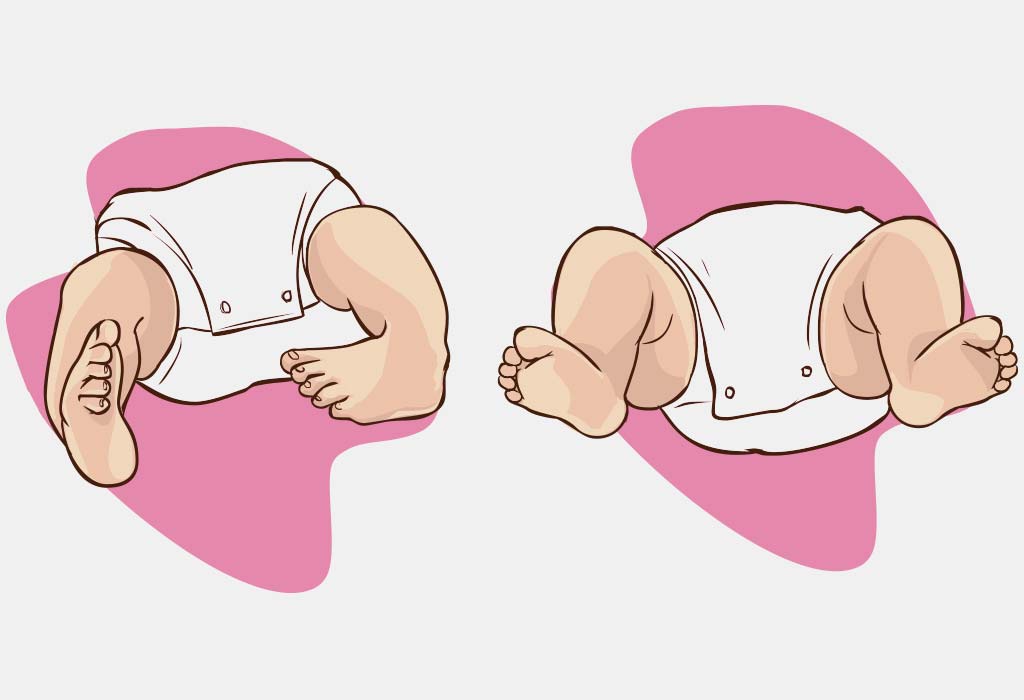



Congenital Talipes Equinovarus Or Clubfoot Causes And Treatment




Club Foot Treatment Rotary Showcase
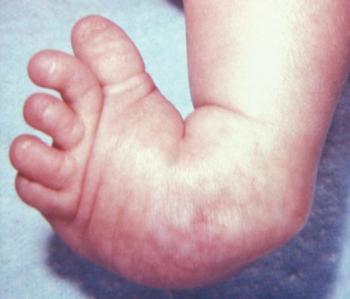



Clubfoot Causes And Treatments




Clubfoot Clubfoot Pediatric Interesting Cases And Mcqs Facebook




Treatment Of Relapsed Residual And Neglected Clubfoot Adjunctive Surgery Journal Of Children S Orthopaedics




Correction Of The Neglected Clubfoot In The Adolescent And Adult Patient Foot And Ankle Clinics




Before Going To Doctor Which Must Know About Clubfoot Rxharun




A F A A 7 Month Old Girl Presented With Unilateral Clubfoot With Download Scientific Diagram




Club Foot Nhs



Clubfoot Orthoinfo os




Club Foot Symptoms And Treatment
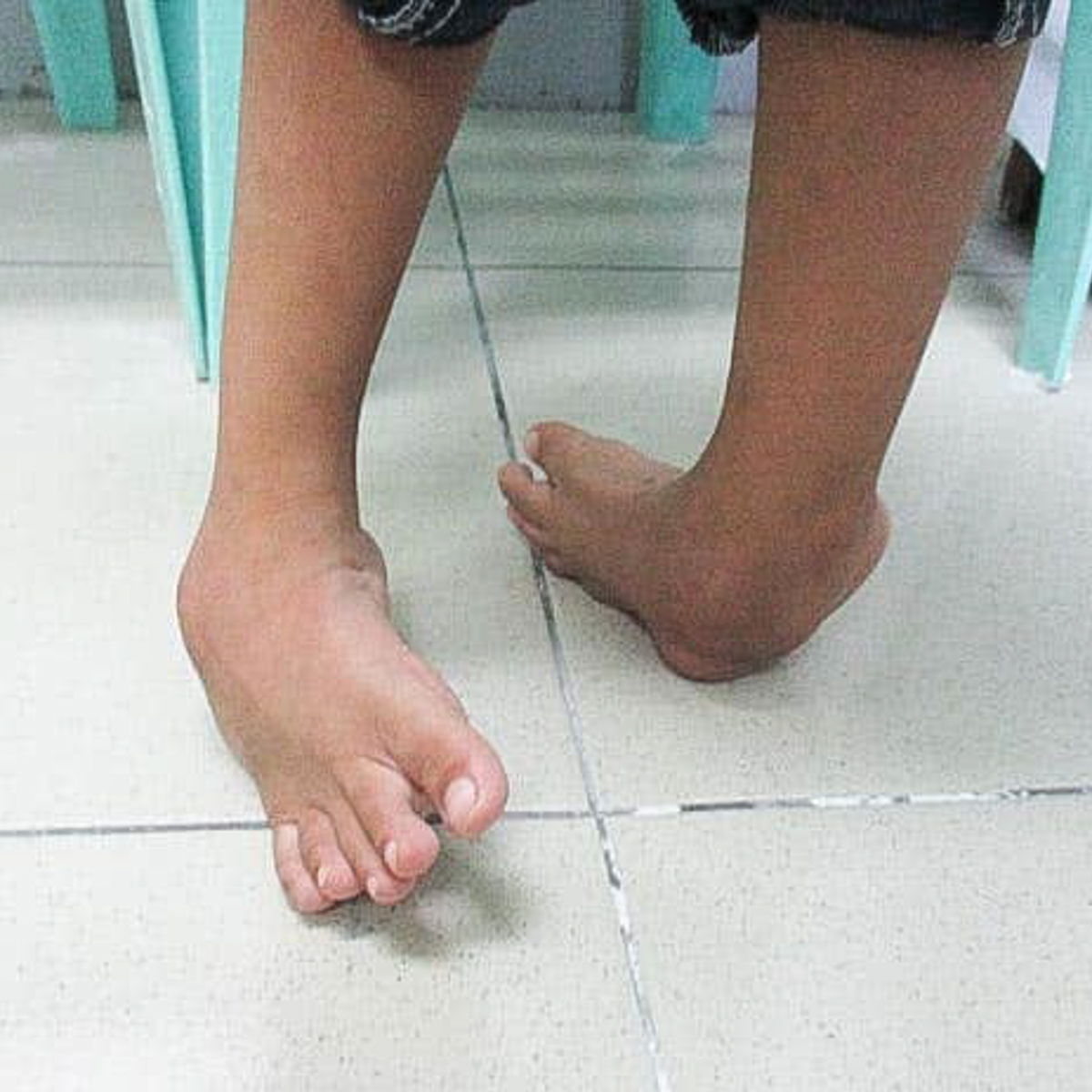



Not All Clubfoot Treatment Created Equal Operation Blessing




Pdf Midterm Results Of The Ponseti Method In The Treatment Of Congenital Clubfoot Semantic Scholar




Starship Resources For Children Coming To The Orthopaedic Clinic For Clubfoot
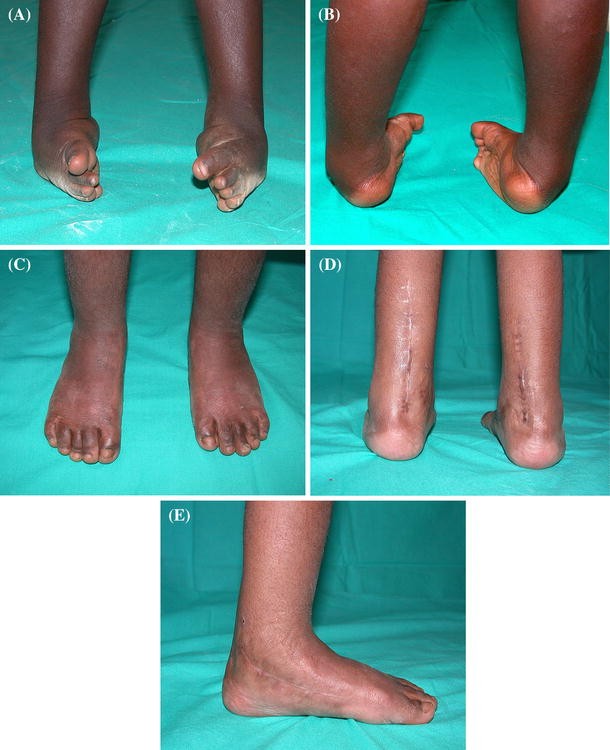



Congenital Idiopathic Talipes Equinovarus Before And After Walking Age Observations And Strategy Of Treatment From A Series Of Cases Journal Of Orthopaedics And Traumatology Full Text




Clubfoot Children S Orthopaedic And Scoliosis Surgery Associates Llp
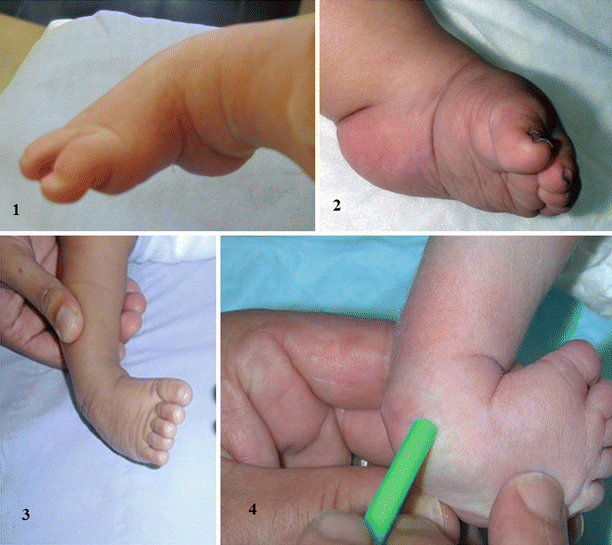



Evidence Based Treatment For Clubfoot Springerlink




Pin By Abigail Rattin On Second Club Foot Baby Pediatric Nursing Pediatric Nurse Practitioner




Non Surgical Treatment For Clubfoot Helps Those Who Can T Afford It Pbs Newshour




Clubfoot Treatment Non Surgical Clubfoot Treatment Ponseti Method Los Angeles



Club Foot Bunionsf Net Professional Foot Treatment Bunion




Sometimes Aid Is Transformative A Look At A Simple Affordable Clubfoot Treatment Scope




Club Foot Treatment Orthopaedic Institute For Children
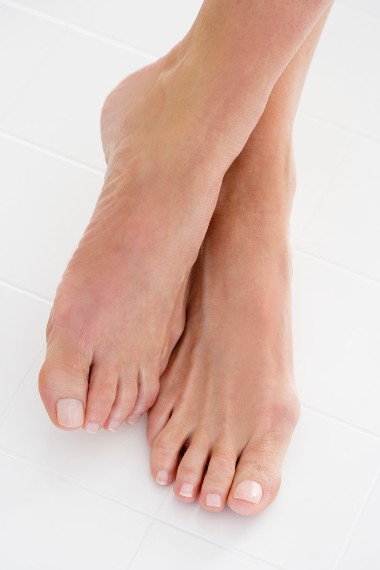



Nhs 111 Wales Health A Z Club Foot
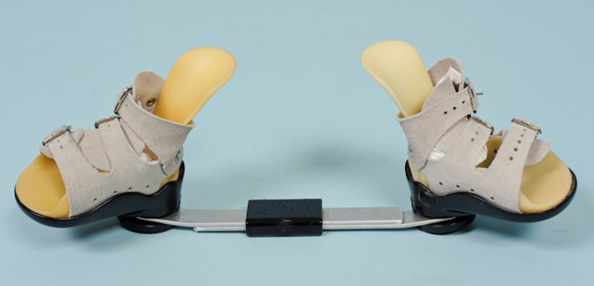



Orthokids Clubfoot
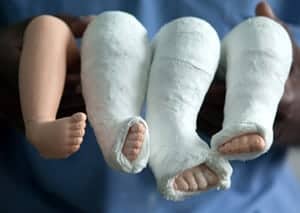



Children S Clubfoot Treatment Causes Pediatric Foot Ankle
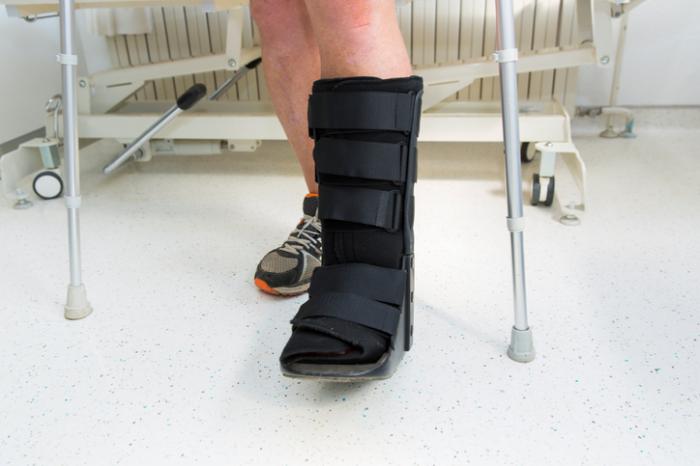



Clubfoot Causes And Treatments




Clubfoot Treatment At Kids Orthopedic Kolkata By Kids Orthopedic Issuu



Mozambique Clubfoot Program Miher



1




Club Foot Baby Kissy Toes Ideas Club Foot Baby Club Foot Baby




Why Treating Clubfoot Results In More Than Mobility One
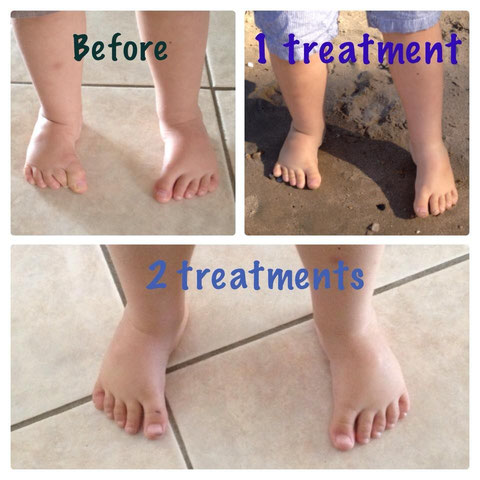



Emmett Reducing The Symptoms Of Clubfoot Emmett Therapies



1




Ponseti International To Expand Clubfoot Treatment Overseas Iowa Now
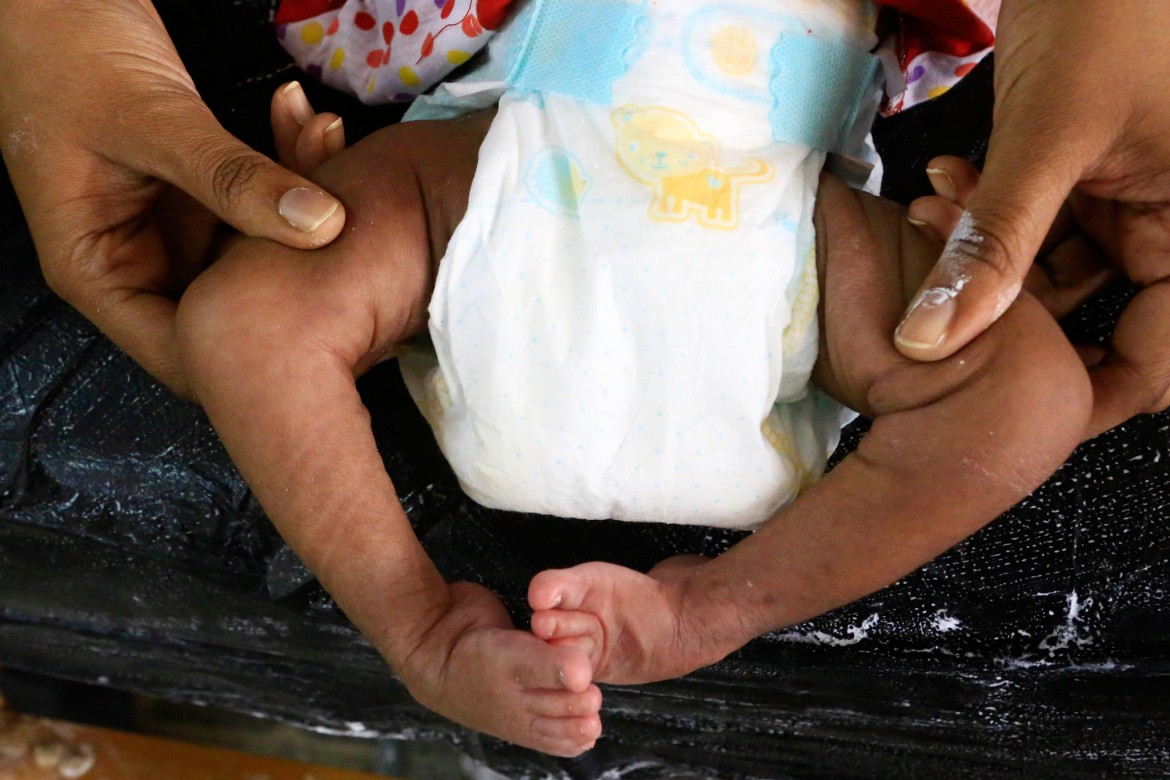



Sudan Treating Children Affected By Clubfoot Icrc




Club Foot Talipes In Babies Causes Signs Treatment Youtube




Predicting Recurrence After Clubfoot Treatment Lower Extremity Review Magazine



Clubfoot Treatment Steps



Clubfoot Orthoinfo os
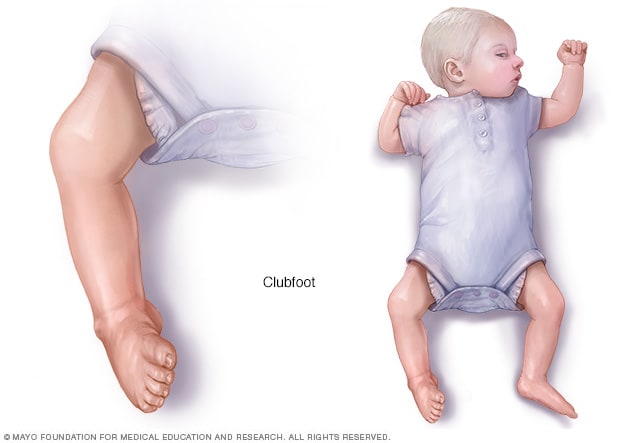



Clubfoot Symptoms And Causes Mayo Clinic
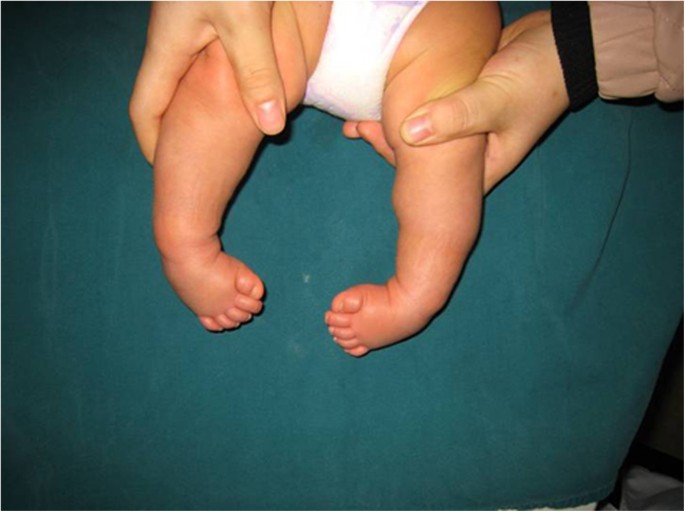



Manipulation And Brace Fixing For The Treatment Of Congenital Clubfoot In Newborns And Infants Bmc Musculoskeletal Disorders Full Text



Clubfoot Treatment In Broward Palm Beach Florida Foot Ankle




Clubfoot Footcaremd
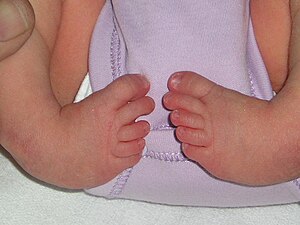



Clubfoot Wikipedia




Clubfoot Symptoms Causes And Treatment Options



Clubfoot Orthoinfo os




Clubfoot Treatment With A Boots And Bar Orthosis




References In Treatment Of Severe Recurrent Clubfoot Foot And Ankle Clinics
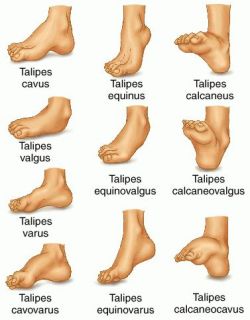



Do You Suffer With A Club Foot Put Your Feet In Our Hands




Before And After Clubfoot Treatment Samsoni S Success Story Miraclefeet




Club Foot Akron Children S Hospital Video Youtube
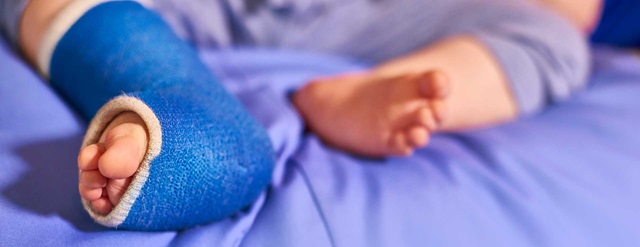



Clubfoot Johns Hopkins Medicine



Neglected Idiopathic Clubfoot Successfully Treated By The Ponseti Method A Case Report Of An Adult Patient Who Started Treatment At 26 Years Of Age Journal Of Orthopaedic Case Reports
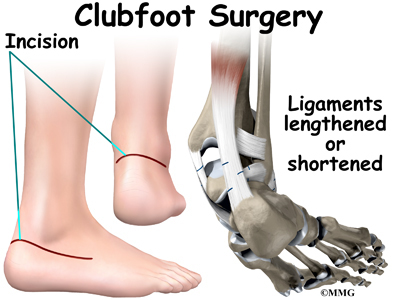



Conditions And Treatments



0 件のコメント:
コメントを投稿